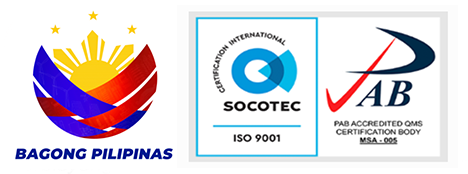Taguig City – Department of Social Welfare and Development (DSWD) MiMaRoPa Regional Management and Development Committee (RMDC) attended the Technical Assistance on Risk Management organized by DSWD Central Office, October 12 to 14, 2015, in DSWD SWADCAP Taguig City.
Risk Management, as defined in ISO 31000, is the identification, assessment, and prioritization of risks followed by coordinated and economical application of resource to minimize, monitor, and control the probability and/or impact of unfortunate events or to maximize the realization of opportunities.
“In order to effectively analyze and prevent risks in DSWD MiMaRoPa, everyone should know your respective business processes,” said Imee Manalili, DSWD Organization Development Specialist.
Clear and comprehensive business processes of every unit are significant because these will be the basis of guidelines for risk management.
In relation to this, DSWD MiMaRoPa Regional Director Wilma Naviamos expressed, “Business processes of every unit should be interrelated with each other. It should not stand alone.”
Memorandum Circular (MC) 27 series 2014 or the DSWD Risk Management (RM) Framework requires that Risk Management be applied to all DSWD OBSUs and Field Offices implementing social protection program and services.
“In conducting risk analysis, everyone should be knowledgeable and vigilant of external and internal factors for risk assessment,” said Edwin Calubag, DSWD Organizational Development Specialist.
External Risk Factors are outside organization’s control and influence. These may include the following: Political, Economic, Social, Technological, Legal, and Environmental (PESTLE) factors. On the other hand, Internal Risk Factors comprise of: organizational factors; strategic directions; capabilities; internal stakeholders; organization’s culture; adoption of standards; guidelines and models; and contractual relationships.
“When we are talking about Risk Management, we should not just think about what will happen next year, but what will happen in the next ten years and beyond,” emphasized Manalili.
At the end of the training, participants gained familiarity and dexterity on how to create comprehensive business processes and how to generate proactive rather than reactive management of risks that may hinder the organization in achieving goals and objectives. ###
![]()


